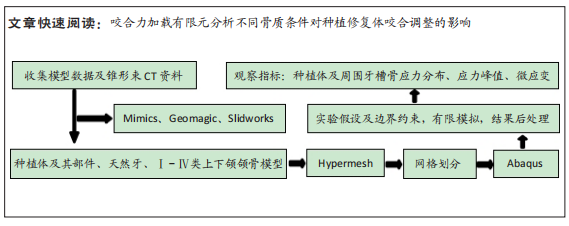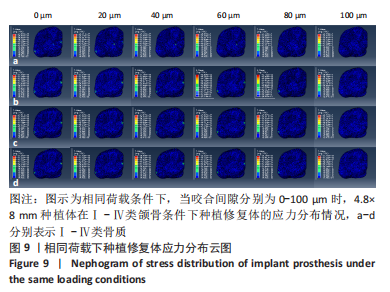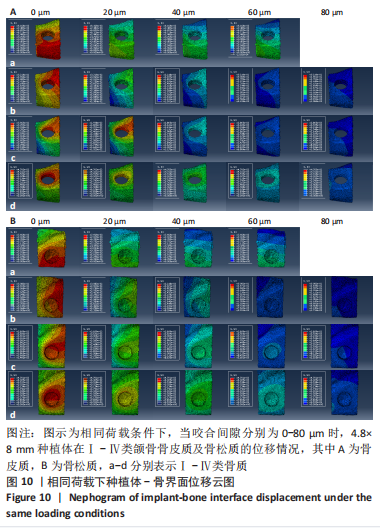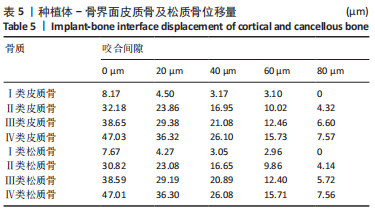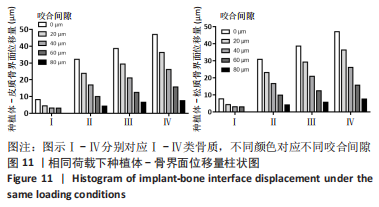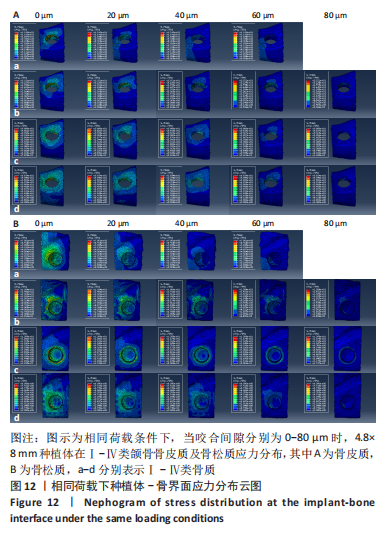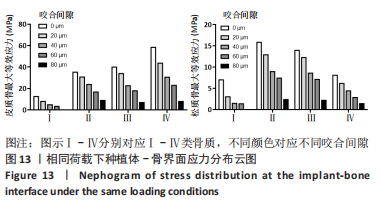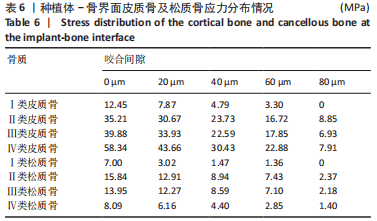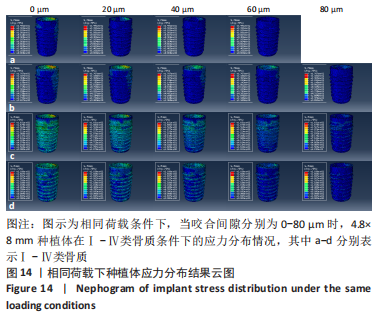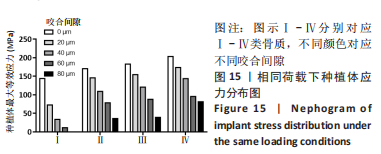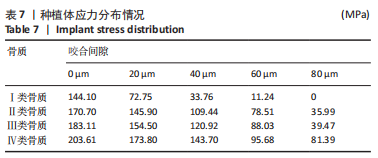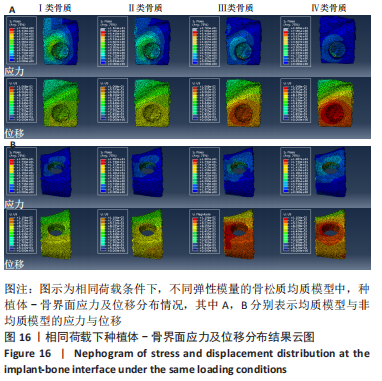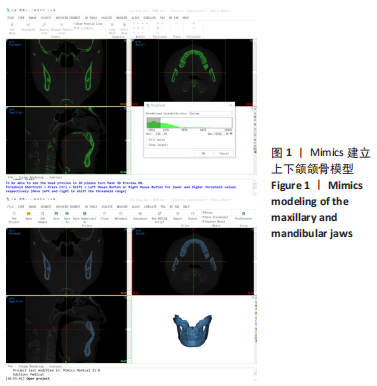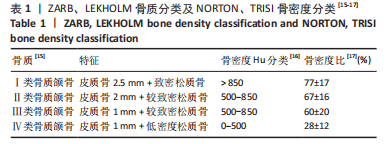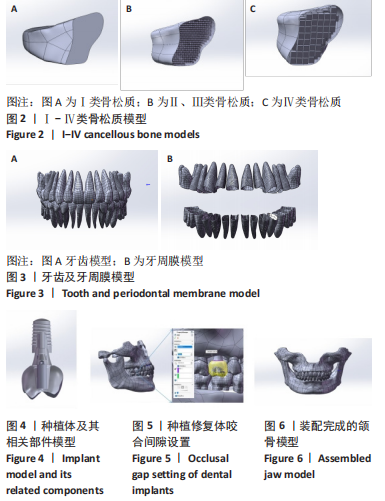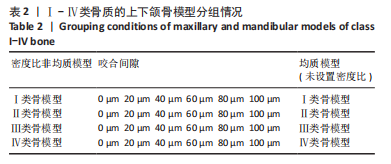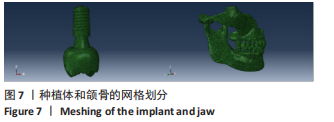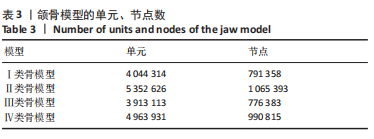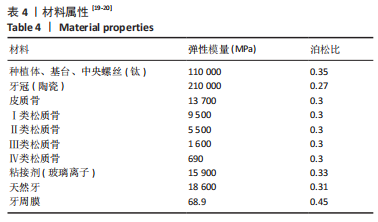[1] BUSER D, SENNERBY L, DE BRUYN H. Modern implant dentistry based on osseointegration: 50 years of progress, current trends and open questions. Periodontol 2000. 2017;73(1):7-21.
[2] 宋应亮.口腔种植修复技术发展的新动态[J].中华口腔医学杂志,2020, 55(11):809-813.
[3] SUÁREZ-LÓPEZ DEL AMO F, YU SH, WANG HL. Non-Surgical Therapy for Peri-Implant Diseases: a Systematic Review. J Oral Maxillofac Res. 2016;7(3):e13.
[4] FU JH, HSU YT, WANG HL. Identifying occlusal overload and how to deal with it to avoid marginal bone loss around implants. Eur J Oral Implantol. 2012; 5 Suppl:S91-103.
[5] LANEY WR.Glossary of Oral and Maxillofacial Implants. Int J Oral Maxillofac Implants. 2017;32(4):Gi-G200.
[6] 许月丹, 金鑫阳, 赵维家, 等. 种植义齿的咬合设计[J]. 口腔医学,2020, 40(12):5.
[7] GOLDSTEIN G, GOODACRE C, TAYLOR T. Occlusal Schemes for Implant Restorations: Best Evidence Consensus Statement. J Prosthodont. 2021; 30(S1):84-90.
[8] FROST HM. A 2003 Update of Bone Physiology and Wolff’s Law for Clinicians. Angle Orthod. 2004;74(1):3-15.
[9] 刘振东,秦泗河.骨折固定的四维空间事件[J].中国组织工程研究,2020, 24(6):903-910.
[10] 宫苹.牙缺失种植修复并发症与咬合[J].中华口腔医学杂志,2018, 53(12):800.
[11] PICCININI M, CUGNONI J, BOTSIS J, et al. Numerical prediction of peri-implant bone adaptation: Comparison of mechanical stimuli and sensitivity to modeling parameters. Med Eng Phys. 2016;38(11):1348-1359.
[12] FARCH JW, CRAIG RG. Finite element stress analysis of a restored axisymmetric first molar. Dent Res. 1974;53(4):859-866.
[13] THIAGARAJAN G, VIZCARRA B, BODAPUDI V, et al. Stress analysis of irradiated human tooth enamel using finite element methods. Comput Methods Biomech Biomed Engin. 2017;20(14):1533-1542.
[14] 吴倩, 张彬, 李楠,等. 三维有限元分析在口腔医学领域的应用及研究进展[J].世界最新医学信息文摘,2019,19(20):95-96.
[15] ULF LEKHOLM, GEORGE A ZARB. Patient selection and preparation//BRÅNEMARK PI, ZARB GA, ALBREKTSSON TS, eds. Proceedings of the Tissue Integrated Prostheses: Osseointegration in Clinical Dentistry. Quintessence Publ Co.1985:199-209.
[16] NORTON MR, GAMBLE C. Bone classification: an objective scale of bone density using the computerized tomography scan. Clin Oral Implants Res. 2001;12(1):79-84.
[17] TRISI P, RAO W. Bone classification: clinical-histomorphometric comparison. Clin Oral Implants Res. 1999;10(1):1-7.
[18] 何三纲.口腔解剖生理学[M].8版.北京:人民卫生出版社,2020:71.
[19] BRUNE A, STIESCH M, EISENBURGER M, et al. The effect of different occlusal contact situations on peri-implant bone stress - A contact finite element analysis of indirect axial loading. Mater Sci Eng C Mater Biol Appl. 2019;99:367-373.
[20] LEMOS CAA, VERRI FR, NORITOMI PY, et al. Effect of bone quality and bone loss level around internal and external connection implants: A finite element analysis study. Prosthet Dent. 2021;125(1):137.e1-137.e10.
[21] WIRTH AJ, MÜLLER R, VAN LENTHE GH. The discrete nature of trabecular bone 46 microarchitecture affects implant stability. J Biomech. 2012;45(6): 1060-1067.
[22] KIM Y, OH TJ, MISCH CE, et al. Occlusal considerations in implant therapy: clinical guidelines with biomechanical rationale. Clin Oral Implants Res. 2005;16(1):26-35.
[23] 保母须弥也,细山愃.口腔种植咬合技术[M] . 沈阳:辽宁科学技术出版社,2019:145.
[24] AZCARATE-VELÁZQUEZ F, CASTILLO-OYAGÜE R, OLIVEROS-LÓPEZ LG, et al. Influence of bone quality on the mechanical interaction between implant and bone: A finite element analysis. J Dent. 2019;88:103161.
[25] BARÃO VA, DELBEN JA, LIMA J, et al. Comparison of different designs of implant-retained overdentures and fixed fullarch implant-supported prosthesis on stress distribution in edentulous mandible-a computed tomography-based threedimensional finite element analysis. J Biomech. 2013;46(7):1312-1320.
[26] IKAR M, GROBECKER-KARL T, KARL M, et al. Mechanical stress during implant surgery and its effects on marginal bone: a literature review. Quintessence Int. 2020;51(2):142-150.
[27] MERHEB J, TEMMERMAN A, RASMUSSON L, et al. Influence of Skeletal and Local Bone Density on Dental Implant Stability in Patients with Osteoporosis. Clin Implant Dent Relat Res. 2016;18(2):253-260.
[28] MAKARY C, MENHALL A, ZAMMARIE C, et al. Primary stability optimization by using fixtures with different thread depth according to bone density: A clinical prospective study on early loaded implants. Materials (Basel). 2019;12(15):2398.
[29] 刘东,吴煜农.旋入扭矩值与共振频率分析对种植体初期稳定性的相关性研究[J].口腔医学 ,2020,40(5):426-431.
[30] ARAGONESES JM, SUÁREZ A, BRUGAL VA, et al. Frequency Values and Their Relationship With the Diameter of Dental Implants. Prospective Study of 559Implants. Implant Dent. 2019;28(3):279-288.
[31] DELIVERSKA E, YORDANOV B. Osseodensification as an Alternative Approach in Dental Implantology for Implant Sites with Insufficient Available Bone. IMAB. 2019;25(3):2606-2610.
[32] BRUNO V, BERTI C, BARAUSSE C, et al. Clinical relevance of bone density values from CT related to dental implant stability: A retrospective study. Biomed Res Int. 2018;2018:6758245.
[33] TANAKA K, SAILER I, IWAMA R, et al. Relationship between cortical bone thickness and implant stability at the time of surgery and secondary stability after osseointegration measured using resonance frequency analysis. J Periodontal Implant Sci. 2018;48(6):360-372.
[34] HADEN CV, COLLINS PC, HARLOW DG. Yield strength prediction of titanium alloys. JOM. 2015;67(6):1357-1361. |
